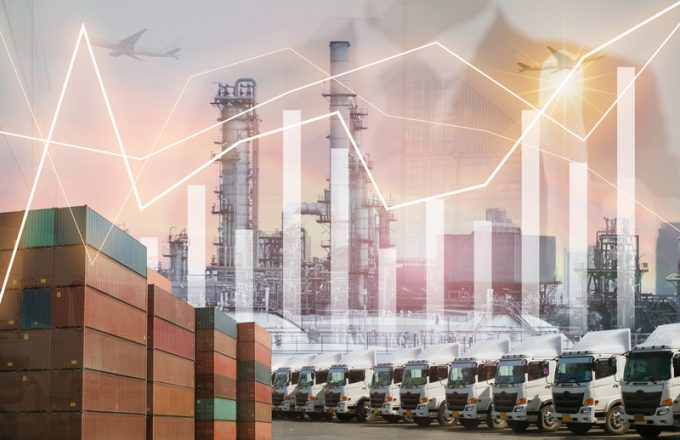UN/CEFACT aims to bring some light into 'black box' supply chains
Communication is key in the logistics business and making sure you understand each other is ...

The quest to develop a set of standards for data collected from smart containers has taken an important step forward.
The United Nations Centre for Trade Facilitation and Electronic Business (UN/CEFACT) has published its first set of standards which will help interoperability between different systems in the container supply chain.
UN/CEFACT’s Business Requirements Specifications (BRS) initiative was led by smart container technology developer Traxens, which includes CMA GCM and MSC among its shareholders.
“The smart containers BRS project aims to provide clear global ...
USTR fees will lead to 'complete destabilisation' of container shipping alliances
Outlook for container shipping 'more uncertain now than at the onset of Covid'
Flexport lawsuit an 'undifferentiated mass of gibberish', claims Freightmate
Shippers warned: don't under-value US exports to avoid tariffs – 'CBP will catch you'
Cancelled voyages take the sting out of spot rate declines this week
New Houthi warning to shipping as rebel group targets specific companies

Comment on this article